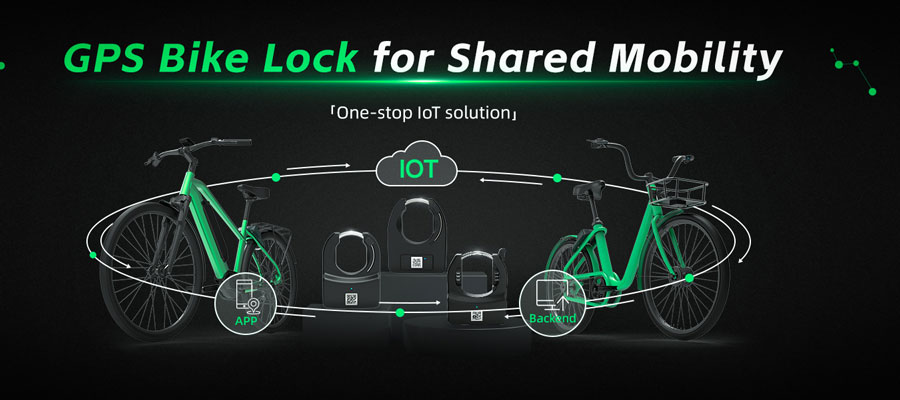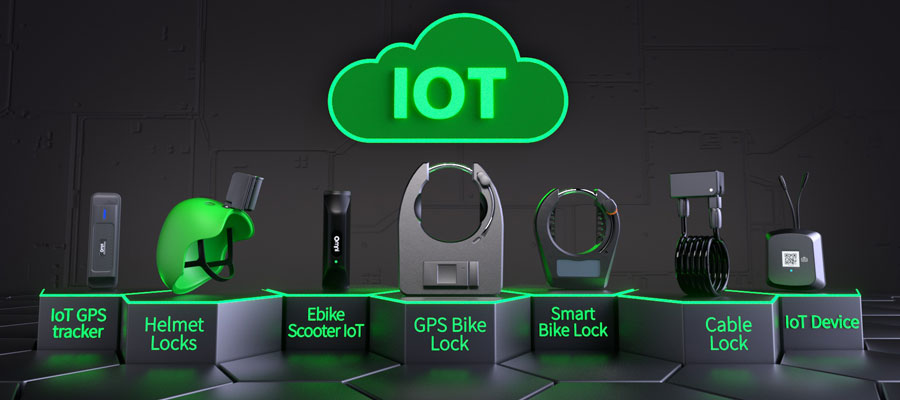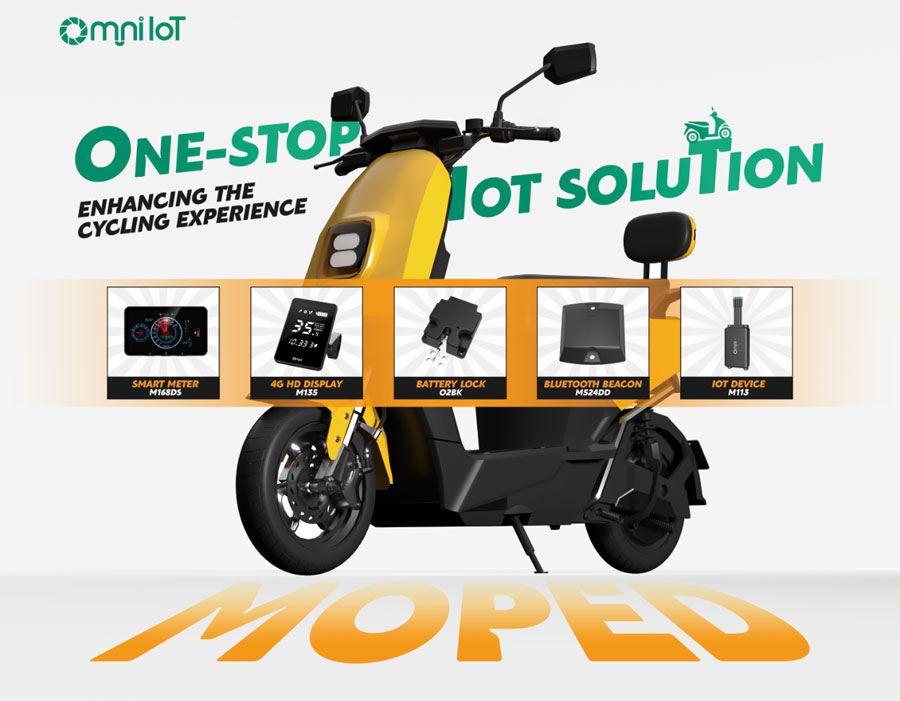As the cornerstone of urban mobility development,the construction of standardized mobility systems significantly influences residents'happiness index in terms of commuting.Governments encourage widespread participation of social capital in urban parking facility construction,especially with the advent of shared electric bicycles.This new mode of transportation presents a challenge to city management,leading to the need for efficient IoT solutions facilitated by smart bike locks and mobility software for a comprehensive and effective electric micro-mobility system.
Why We Need Built-In IoT Smart Bike Locks and Mobility Software?
Many may wonder why it's necessary to use smart bike locks and mobility software.The prevalence of disorderly parking,illegal occupation of non-motorized lanes,and obstruction of sidewalks have become prominent issues with shared electric bicycles.The high rate of user complaints and pressure on law enforcement agencies for on-site management are evident.Companies operating in this space can choose smart bike locks that are compatible with their service requirements and platform,ensuring support for the automatic locking and unlocking of electric vehicles.These built-in IoT smart bike locks should also communicate seamlessly with mobility software,providing stable vehicle tracking system.

When selecting smart bike locks,factors such as battery life,protective performance,and durability should be carefully considered.
Mobility software is equally crucial for achieving success from electric micro-mobility.In the preparation phase,operators must develop or acquire mobility software tailored to their services.The software should encompass user registration,payment processing,locating nearby available vehicles,and features for unlocking and locking electric vehicles.
Integration of smart bike locks with mobility software should be accomplished through APIs or other communication protocols,ensuring real-time information exchange between the locks and the software.

Vehicle Tracking System(GPS System)
Integrate GPS or other location tracking technologies for real-time tracking of electric bicycles or e-mopeds or escooters.This is essential for users searching for nearby available vehicles and for service providers to monitor vehicle locations effectively,significantly impacting the success of intelligent transportation services.
Payment System of Mobility Software
Integrate a payment system to allow users to pay for service usage.Payment methods can include credit cards,mobile payments,or other options.
User Interface of Mobility Software
Develop an intuitive and user-friendly interface for easy user registration,vehicle searching,and the use of electric vehicles services.

Consider Security and Privacy
Ensure the system incorporates robust security measures to prevent misuse and illegal activities.Adhere to privacy regulations,protecting user personal information and clearly stating data collection and usage policies.
Operational Planning
Develop an operational plan for electric micro-mobility services,including vehicle distribution,maintenance,charging,and relocation strategies.
Promotion and Marketing
Develop effective promotion and marketing strategies to attract users to your electric micro-mobility services.
Compliance with Regulations
Ensure compliance with local and national regulations.This may involve obtaining specific licenses and meeting regulatory requirements.




